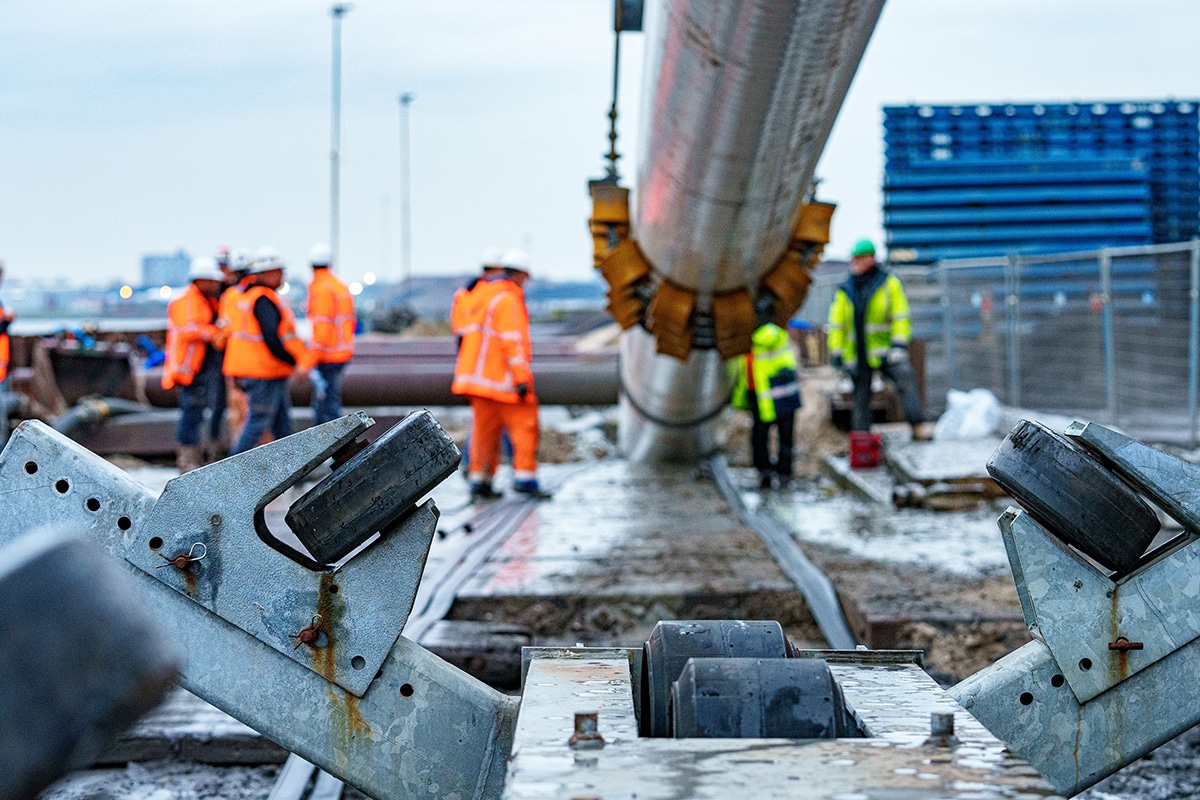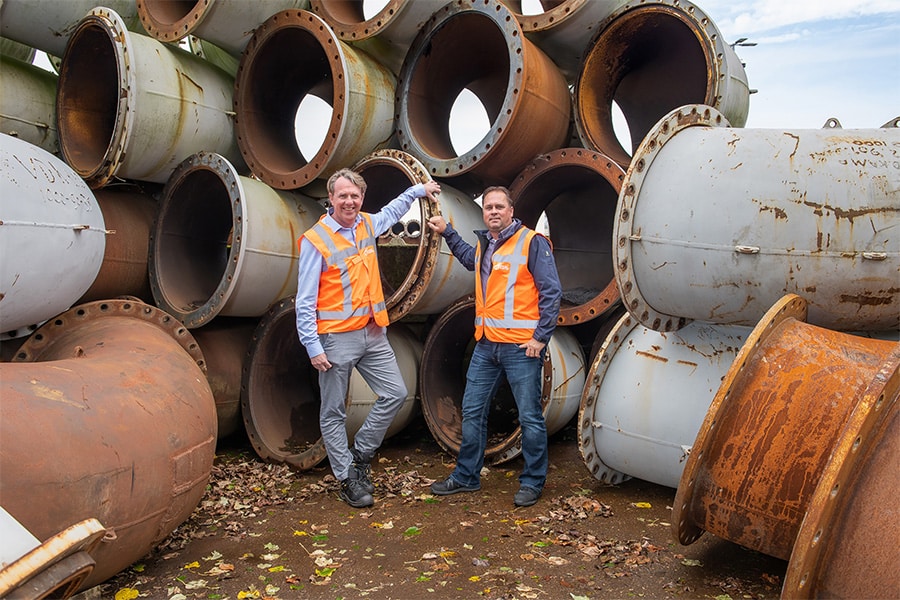
Line drainage: watertight vs liquid-tight
Often ACO gets the comment that the line channel should be tight. But dense can be watertight or liquid-tight. And liquid-tight is something else than watertight. And whether a gutter has to be liquid-tight or watertight again depends on the floor and the laws and regulations. Are you still following along? Reason enough to consider this!
Liquid-tight floors
What does someone mean by a "tight" liner gutter? After some probing, it often turns out that one needs a liquid-tight line channel because there is an approved liquid-tight floor, such as at a gas station, car wash or garage. Environmental pollution lurks in these situations, and liquid-tight floors and oil and gasoline separators have been mandatory since the 1970s.
This is because a liquid-proof floor protects the soil from environmentally harmful liquids such as oil, gasoline and acids. After all, one drop of oil is enough to contaminate 1,000 liters of water. When a floor has to be liquid-tight, the floor is generally delivered with a VVV certificate (Verklaring Vloeistofdichte Vloeren).

Liquid-proof drainage
Chutes in an approved liquid-tight floor must meet a number of requirements. For example, the liquid-proof line channel must be tight for oils and light minerals. Now, line gutters come in many material types. But polymer concrete line gutters are the best solution in the case of waterproofing or liquid-proofing. Simply because polymer concrete is really tight and has a high chemical resistance so that no liquid can penetrate it. In the case of an impermeable floor, it is mandatory that the polymer concrete line channel be sealed, because the sealant joint must be inspectable and replaceable afterwards. In some situations, such as at gas stations, KOMO certification is even often required on the line channel.
Sealin technology for watertight drainage
If there is no need for an approved liquid-proof floor, you can also install a waterproof polymer concrete line channel with Sealin technology. These have an integrated EPDM seal which eliminates the need for sealing the butt joints/elements together. This saves time and money during the construction phase of projects. This gives you the best of both worlds: water is collected and drained quickly and safely, with maximum protection for the subsoil and groundwater, and it saves money during the construction phase. The first fully watertight line drainage systems available with innovative technology are the MultiLine Sealin and new PowerDrain Sealin. These line drains more than meet the watertightness requirements of NEN-EN1433 and BRL5211 (KOMO). The EPDM seal of the Sealin is protected in the gutter profile and can therefore not be damaged by mechanical cleaning of the gutters or climatic influences. A long-term watertightness is thus guaranteed. Because the EPDM rubber is not suitable for endurance loads and light mineral liquids - such as oil and gasoline - and the rubber cannot be replaced, it makes the Sealin gutters less suitable for applications in liquid-tight floors.




